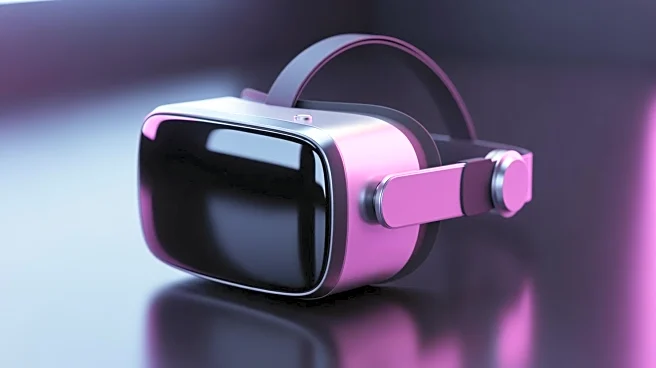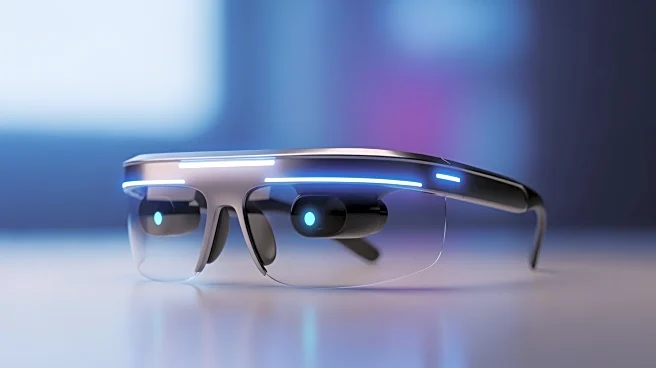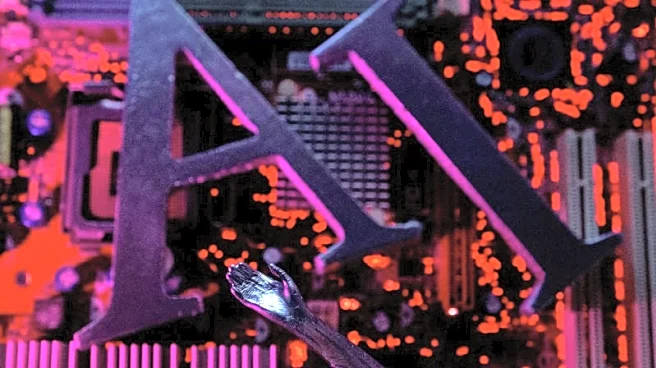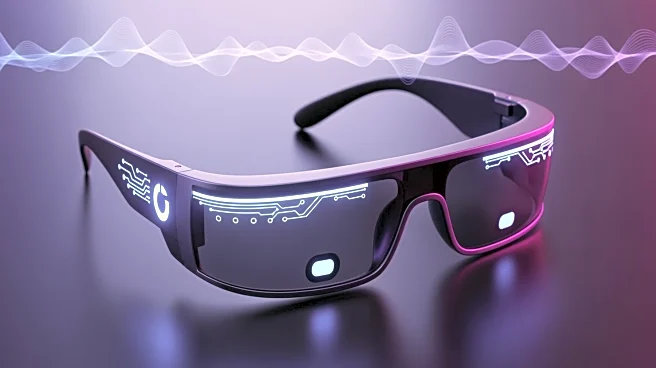What's Happening?
Meta has introduced SAM 3D Objects, a new AI model that allows real-world objects to be transformed into virtual reality (VR) assets in seconds. This advancement marks a significant improvement over traditional
photogrammetry techniques, which require multiple images and extensive processing time. SAM 3D Objects can generate 3D models from a single image, offering a rapid and efficient solution for VR applications. The model is accessible through a free public demo on Meta's AI Demos page, where users can upload an image and select an object to convert into a 3D model. Although the demo does not allow downloading of the 3D models, the open-source nature of SAM 3D Objects means developers can host it on cloud platforms with GPU support, enhancing the quality of VR experiences.
Why It's Important?
The introduction of SAM 3D Objects by Meta represents a significant leap forward in VR technology, potentially transforming how users interact with virtual environments. By enabling the quick conversion of real-world objects into VR assets, this model could enhance social VR platforms, allowing users to showcase items from their physical surroundings in virtual spaces. This capability could lead to more immersive and personalized VR experiences, fostering creativity and innovation in virtual design. Additionally, the open-source availability of SAM 3D Objects encourages further development and integration by developers, potentially expanding its applications across various industries, including gaming, education, and remote collaboration.
What's Next?
While Meta has not announced plans to integrate SAM 3D Objects into its Horizon Worlds platform, the model's capabilities suggest potential future applications in enhancing virtual environments. Developers may explore ways to incorporate this technology into existing VR platforms, creating new opportunities for user engagement and interaction. As the quality of AI-generated 3D models continues to improve, we can expect further advancements in VR technology, potentially leading to more sophisticated and realistic virtual experiences. Stakeholders in the VR industry will likely monitor these developments closely, considering the implications for future product offerings and user experiences.













